Digital art has dramatically increased in recognition and appeal over the past several years, altering the artistic scene and upending preconceived ideas about how to produce and consume art. Technology and imagination have combined to create a dynamic and alive art form that challenges the limits of artistic expression. In this essay, we explore the realm of digital art, looking at its history, significance, and the countless opportunities it presents to both artists and art aficionados.
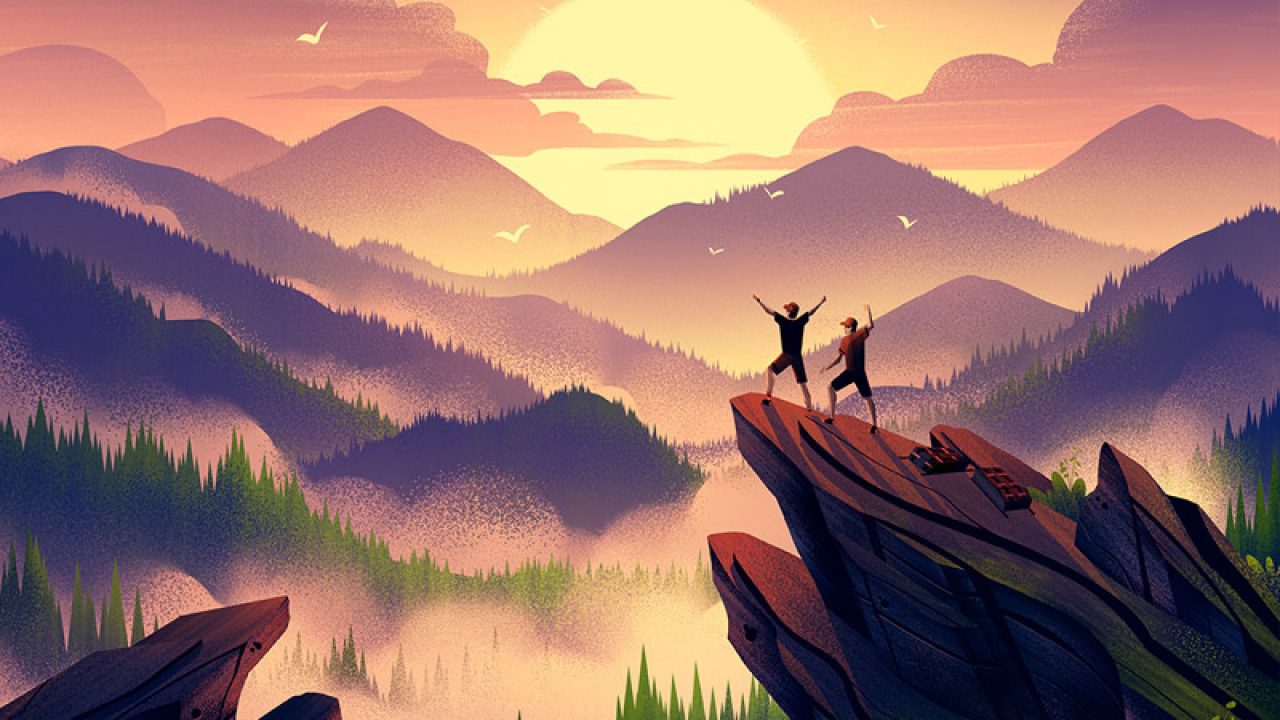
The Emergence of Digital Art
The term “digital art” refers to a diverse variety of artistic practices that make use of digital technologies as a medium or tool. As a result of technological breakthroughs, notably in the areas of computing and digital imagery, it came into being, giving artists new tools for producing, modifying, and expressing their artistic visions.
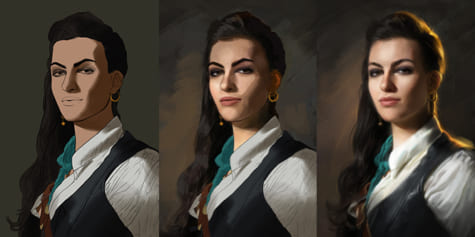
Blending Traditional and Digital Techniques
Traditional artistic methods are smoothly integrated with digital tools and software in digital art. Digital creations by artists can include elements of conventional media like painting, drawing, photography, sculpture, and more, creating endless opportunities for experimentation and creativity.

Interactive and Immersive Experiences
Digital art enables immersive and interactive experiences that let spectators interact with the piece directly. Artists construct dynamic and participatory environments that blur the lines between the artwork and the audience through the use of sensors, virtual reality, augmented reality, and interactive installations.

Democratizing Art Creation and Distribution
The production and dissemination of art have been made more accessible through digital art. Digital tools and platforms make it possible for artists from many backgrounds and regions to create and share their work with a worldwide audience. Within the art world, this democratization promotes greater diversity, tolerance, and cooperation.
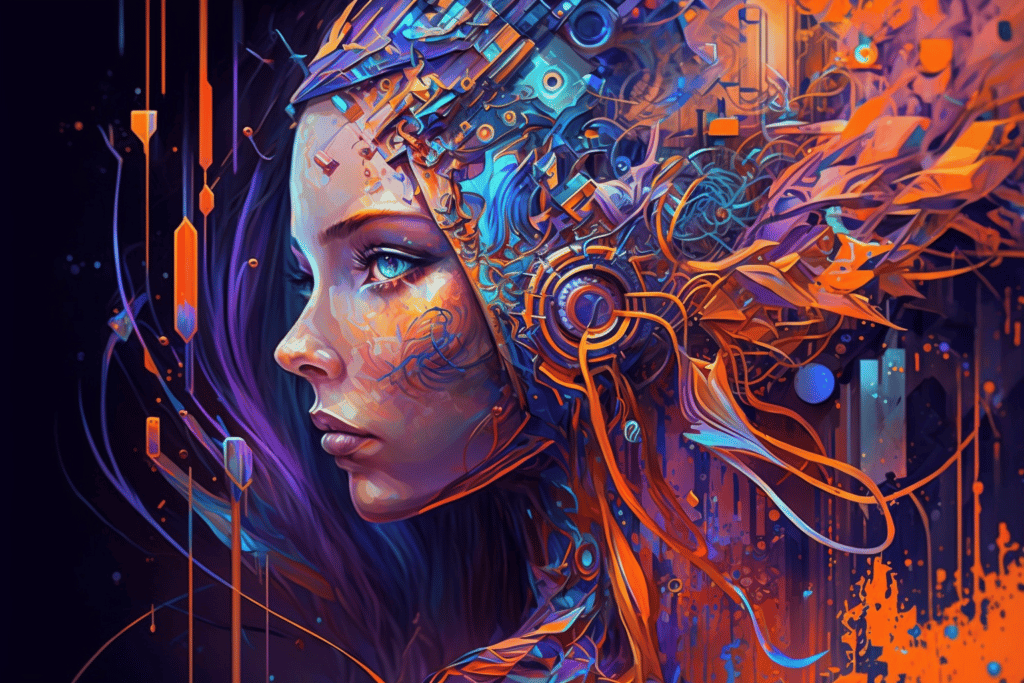
Exploring New Artistic Possibilities
Artists can explore and experiment in an almost infinite number of ways with digital art. Artists can utilize technology to create works of art that challenge social norms, honor creativity, and capture the ever-evolving nature of the digital age. Examples include generative algorithms, data visualization, 3D printing, and algorithmic art.
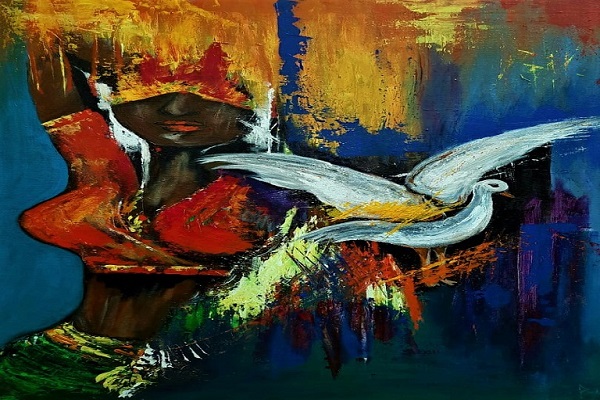
Preservation and Reproducibility
Digital art offers exceptional possibilities for the preservation and duplication of artistic works. Digital art may be stored digitally, preventing deterioration over time, unlike conventional art forms that might. Digital art also has the advantage of being easily shared and copied, which broadens its audience and influence beyond geographical limitations.

Redefining Art Ownership and Authenticity
The emergence of digital art has also spurred conversations about attribution and authenticity in art. Artists may now identify and sell their digital works as distinct, verifiable assets, thanks to the development of non-fungible tokens (NFTs) and blockchain technology. This has given artists new opportunities to make money off of their work and build relationships with collectors.
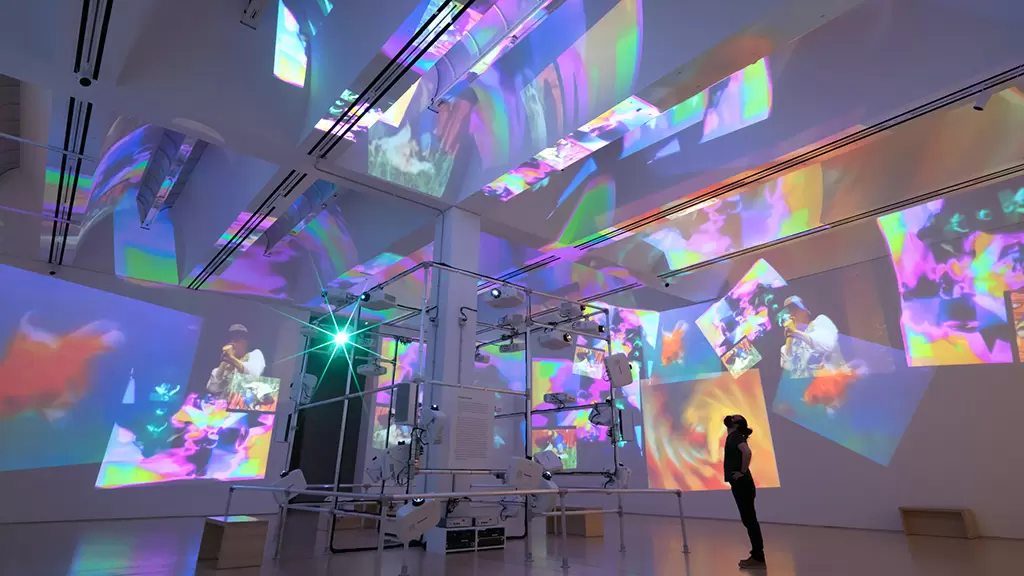
Changing Art Consumption and Exhibition Spaces
Art consumption and exhibition practices have changed as a result of digital art. A wider audience now has greater access to art because of innovations like virtual galleries, online platforms, and digital installations. The scope and effect of artistic expression can be increased by using digital art, which can be viewed, experienced, and appreciated outside of physical locations.
Digital art has emerged as a powerful symbol of the marriage of creativity and technology, opening up new creative possibilities and boundaries. Digital art pushes the boundaries of conventional conventions and creates opportunities for novel forms of artistic expression, from interactive installations and immersive experiences to the democratization of art creation and distribution. The fusion of creativity and technology will shape the future of the arts and lead to ever more intriguing and ground-breaking forms of digital art.





Thanks for sharing. I read many of your blog posts, cool, your blog is very good.
Your article helped me a lot, is there any more related content? Thanks!